 Technology
Technology  Technology
Technology  Humans
Humans 10 Everyday Human Behaviors That Are Actually Survival Instincts
 Animals
Animals 10 Animals That Humiliated and Harmed Historical Leaders
 History
History 10 Most Influential Protests in Modern History
 Creepy
Creepy 10 More Representations of Death from Myth, Legend, and Folktale
 Technology
Technology 10 Scientific Breakthroughs of 2025 That’ll Change Everything
 Our World
Our World 10 Ways Icelandic Culture Makes Other Countries Look Boring
 Misconceptions
Misconceptions 10 Common Misconceptions About the Victorian Era
 Mysteries
Mysteries 10 Strange Unexplained Mysteries of 2025
 Miscellaneous
Miscellaneous 10 of History’s Most Bell-Ringing Finishing Moves
 Technology
Technology Top 10 Everyday Tech Buzzwords That Hide a Darker Past
 Humans
Humans 10 Everyday Human Behaviors That Are Actually Survival Instincts
 Animals
Animals 10 Animals That Humiliated and Harmed Historical Leaders
Who's Behind Listverse?

Jamie Frater
Head Editor
Jamie founded Listverse due to an insatiable desire to share fascinating, obscure, and bizarre facts. He has been a guest speaker on numerous national radio and television stations and is a five time published author.
More About Us History
History 10 Most Influential Protests in Modern History
 Creepy
Creepy 10 More Representations of Death from Myth, Legend, and Folktale
 Technology
Technology 10 Scientific Breakthroughs of 2025 That’ll Change Everything
 Our World
Our World 10 Ways Icelandic Culture Makes Other Countries Look Boring
 Misconceptions
Misconceptions 10 Common Misconceptions About the Victorian Era
 Mysteries
Mysteries 10 Strange Unexplained Mysteries of 2025
 Miscellaneous
Miscellaneous 10 of History’s Most Bell-Ringing Finishing Moves
Top 15 Lesser known World Heritage sites
UNESCO stands for the United Nations Educational, Scientific and Cultural Organization, and they work to protect World Heritage Sites like the Great Wall of China, the pyramids and Stonehenge. Established in 1945, its purpose is to “protect and conserve places of special cultural or physical significance to the common heritage of humanity”. In 1954, the Egyptian government were preparing to build the Aswan Dam, which would flood a valley destroying the Abu Simbel and Philae temples. UNESCO raised funding and paid to have the temples disassembled and moved to a safer location and rebuilt exactly as they were, thereby preserving it for future generations. As of the end of 2010, there were 911 sites that are listed by UNESCO as world heritage sites. Below is a list of some of my favorite, lesser know sites.
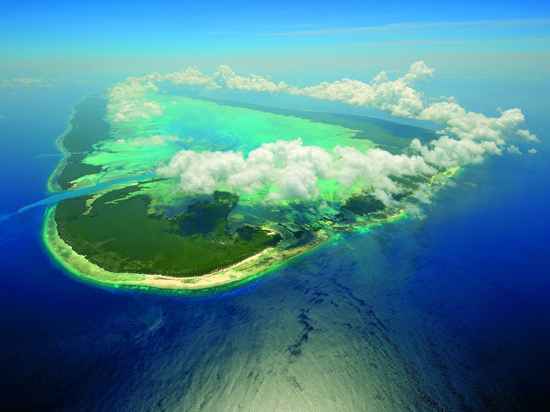
Aldabra is the world’s second biggest coral atoll, it is uninhabited, isolated and virtually untouched by humans. The atoll is the home to the world’s largest population of giant tortoises, which makes it an extremely valuable conservation site. During the 1700s, the islands were used by the French to hunt giant tortoises, as they were considered a delicacy at the time, but by the 1900s they had been hunted to the brink of extinction. The tortoises also share this atoll with the Aldabra Rail, the endangered Malagasy Sacred Ibis, Green and Hawksbill turtles and two species of bats found only on Aldabra. The atoll was declared a world heritage site in 1982, as it is home to so many rare and unusual creatures.
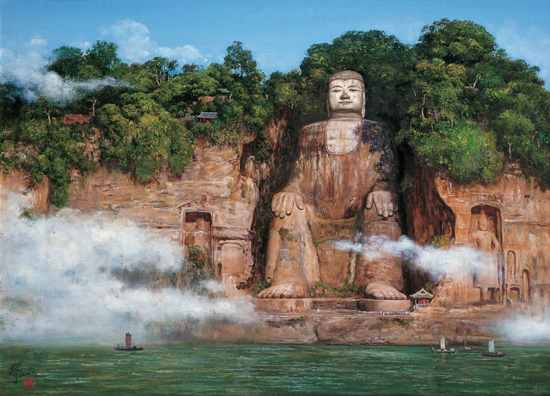
This Maitreya Buddha was carved from a cliff face where the Minjiang, Dadu and Qingyi rivers meet, in southern Sichuan, China. It was constructed by a Chinese monk named Haithong in 713, his followers worked on and off for 90 years to complete it and, today, it is still the largest stone Buddha in the world, at 71m tall and 28m wide. Where the three rivers meet, the water currents were dangerous and would often sink shipping vessels, Haithong thought if he carved the Buddha there it would help to calm the waters. The stone removed to carve the Buddha was dumped into the river, unintentionally altering the currents and calming the waters. Today the Buddha is threatened by pollution, and the wear and tear caused by the thousands of tourists who come each year to visit the site. The Chinese government has closed factories nearby, in an effort to reduce the damage being inflicted on the Buddha.
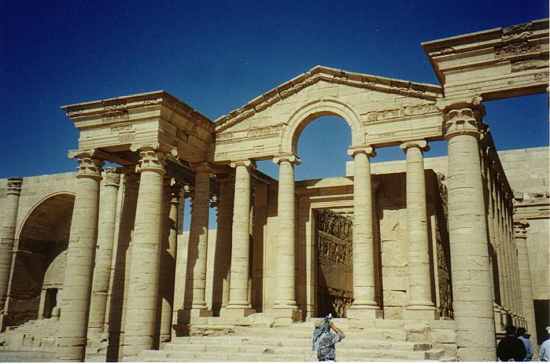
Hatra is located to the northwest of Baghdad in Iraq, you may recognize it from the opening scenes in the film, The Exorcist. It was constructed during the 3rd century BC, by Arabs under the Iranian Parthian Empire. The city became the capital of the first Arab kingdom and became an important border fort against roman invasion. The city was ruled by Arabian princes who would have paid a yearly tribute to the rulers of the Iranian empire, until the Iranians took the city by force in 241. Hatra is recognized as one of the best preserved Parthian cities, with many of its structures still standing, including the inner and outer defensive walls and towers, and a range of temples dedicated to a different Gods from many different cultures. Some of the temples found have been dedicated to the Babylonian and Akkadian God Nergal, the Greek God Hermes, the Aramaean Gods Atargatis and Ba’al Shamayn, the Arabian Gods Allat and Shamiyyah and the Mesopotamian God Shamash, showing the cultural differences and tolerance that was once prevalent in this area.
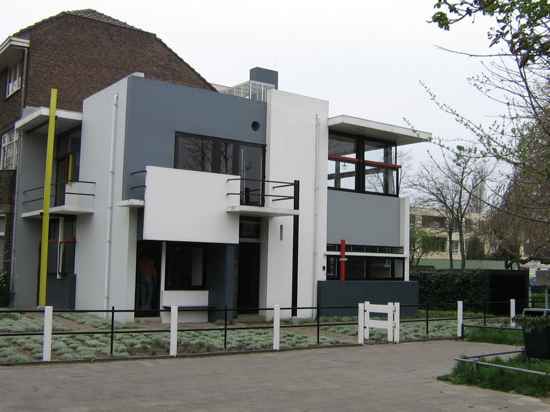
The Rietveld Schröder House is a modern family home built in the Netherlands in 1924, so why is it a UNESCO site? The house was designed by architect Gerrit Rietveld, who had been commissioned to create a house for Mrs Truus Schröder-Schrader and her 3 children. This house is one of the best examples of De-Stijl design, or modern open plan living to me and you. The down stairs is a fairly traditional layout but upstairs none of the internal walls are static, they are all moveable panels giving a changeable open plan area. Externally the building is strikingly different from the brick terrace to which it’s attached. With stark, clean lines, dramatic use of colors, cleverly placed balconies and large open windows which connect the interior of the building to the exterior. UNESCO chose this site as “it is an icon of the Modern Movement in architecture… With its radical approach to design and the use of space, the Rietveld Schröder house occupies a seminal position in the development of architecture in the modern age.” I have to say, I completely agree.
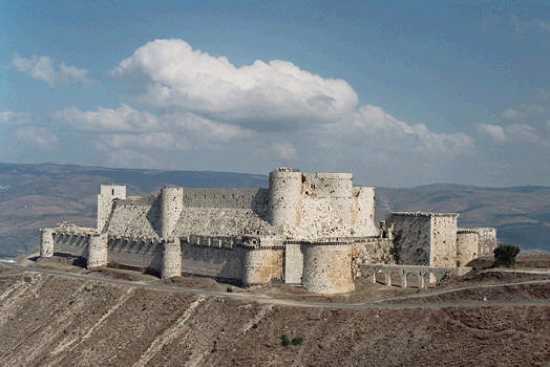
Built in a defensive position atop a large hill in 1031, by the Emir of Aleppo, this castle in western Syria guards the route from Antioch to Beirut. It was a strategically important fort during the crusades, and was taken in 1099, by Raymond IV of Toulouse, after which it changed hands a few times until 1142, when it became the headquarters of the knights Hospitaller. During the Crusades, it housed a garrison of 2,000 soldiers as well as up to 60 knights. The Hospitaller knights rebuilt much of the castle, including strengthening the walls, which are up to 100ft thick in places, they also rebuilt a lot of inner wards in a gothic style including a meeting hall, chapel, cistern, aqueduct, storage facilities and two stables which held up to 1000 horses. In the cliff below the castle the Hospitaller knights dug further storage areas to hold supplies that could have lasted them up to 5 years, if they were besieged. This site is also one of the few places in the world where crusaders art frescos can be seen.
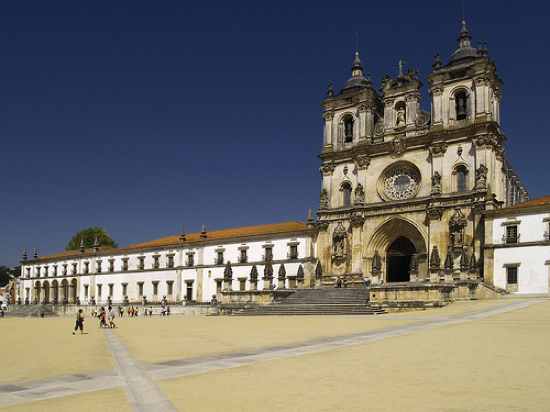
The Alcobaça Monastery in central Portugal was founded by king Afonso Henriques in 1153, and took 99 years to complete. This was the first building of the gothic style in Portugal, and is still the largest church in the country, it is of no surprise it went on to become one of the most important medieval monasteries in Europe. The monks of the monastery spent their lives meditating on religion and producing manuscripts, until it was pillaged by the French in 1810, it had one of the largest medieval libraries recorded. This monastery was the chosen burial place for many royals during the 13th and 14th centuries, their elaborate tombs are some of the best surviving examples of medieval engraving and sculptures in Europe. The tombs of Pedro I and his mistress, Ines de Castro, are particularly intricate, both feature relief of the occupant on the lid of the tomb, the kings tomb rests on carved lions while Ines is supported by carvings of creatures which are half man – half animal, and are covered in engravings showing angels and biblical scenes. The best known tomb is Queen Urraca’s, a Romanesque tomb engraved with an image of the Queen on the top, while around the body of the tomb are reliefs of the Apostles, the King and their children. This building is truly a showcase for the skills and dedication of the medieval craftsmen of Europe.
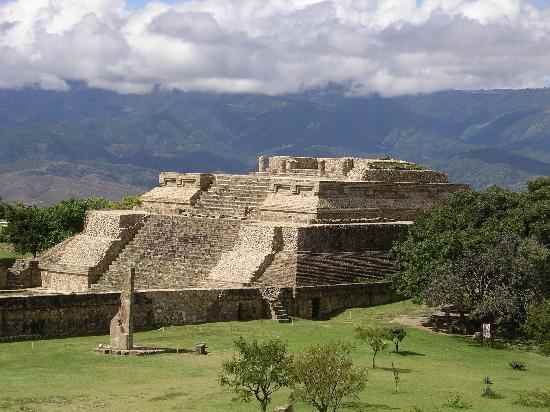
Monte Albán can be found on a low mountain range in southern Mexico. The site is one of the earliest pre-Columbian Mesoamerican sites ever found, dating back to at least 500BC, the valley it is situated within also shows signs of inhabitancy from as early as 2000BC. The site offers a unique glimpse into the Zapotec history and culture. At the centre of the site is the main plaza surrounded by civic and ceremonial buildings as well as the elite homes. The site also features two ball courts, monumental stairs, hundreds of tombs and over 300 Danzante carved stone monuments. Most of them are of male war prisoners, tortured and sacrificed, with many being leaders of competing villages. The site also contains over 40 conquest slabs within the walls of buildings, these slabs give the names and sometimes details of places conquered by Monte Albán. From these it has been possible to confirm Cañada de Cuicatlán was conquered by the Zapotec.
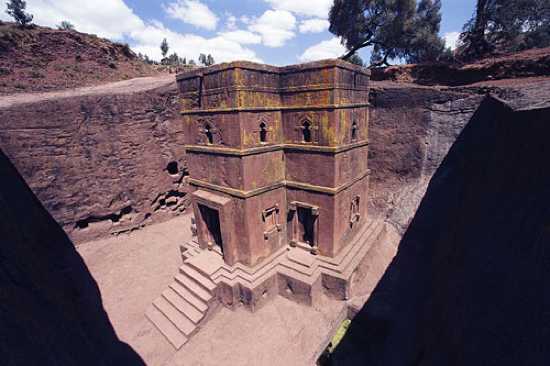
Lalibela is a rural town in the north of Ethiopia. It is also one of the countries holiest cities and a centre for pilgrimage. The 13 churches in the town have been carved completely from rock directly into the ground. It was under the instruction of Saint Gebre Mesqel Lalibela during his reign as Emperor of Ethiopia, that these churches were constructed, the layout and names of the buildings in Lalibela are a representation of Jerusalem. This has helped to date the churches to around the 1200s, after the 1187 capture of Jerusalem by Saladin. The largest monolithic church in the world, Bet Madhane Alem, is also home to the Lalibela Cross: a 12th century processional cross. Bete Maryam is thought to be the oldest of the churches, and Bete Golgotha is where it is believed King Lalibela is entombed. These churches are very unusual in that they are carved into the ground instead of into a cave or a cliff face, as most other rock carved buildings are. This process must have been very slow work and each church is carved with painstaking detail and stands as testament of the dedication of these people to their religion.
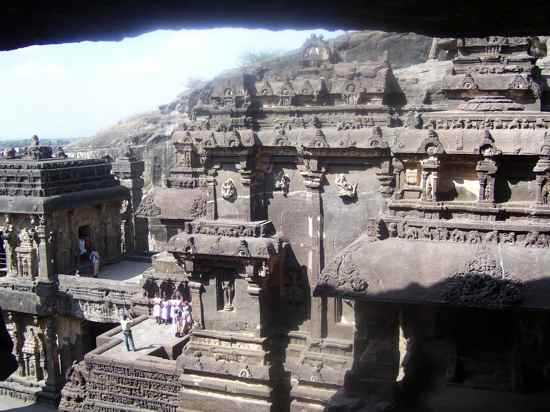
Ellora is the site of monumental, rock cut, cave temples representing Buddhist, Hindu and Jain religions, built from 400AD in close proximity to each other to show the religious harmony in the area. The structures are multi level buildings, carved directly from caves within the mountain face, and include monasteries, shrines and places of worship. Many of the buildings have vaulted ceilings and are all intricately carved, with most of the shrines containing large carved deities. During construction, 200,000 tonnes of rock had to be removed from the site by generations of workers. Some notable caves are: the Buddhist shrine Vishvakarma, which features a multi-storied entrance, a large hall with vaulted ceilings and a 15ft carving of Buddha in a preaching pose; The Indra Sabha is a two level Jain cave with a monolithic shrine, like all of the Jain caves it once had richly painted ceilings, part of which are still visible today. It also has fine carvings of lotus flowers, Yaksha Matanga on an elephant and Ambika sitting on a lion under a mango tree. Kailasanatha is the centerpiece of Ellora, made to resemble mount Kailash, the home of lord Shiva, this Hindu shrine was built by Krishna I in around 760AD. The structure is covered in detailed and intricate carvings, including sacred bulls and life-sized elephants supporting the shrines.
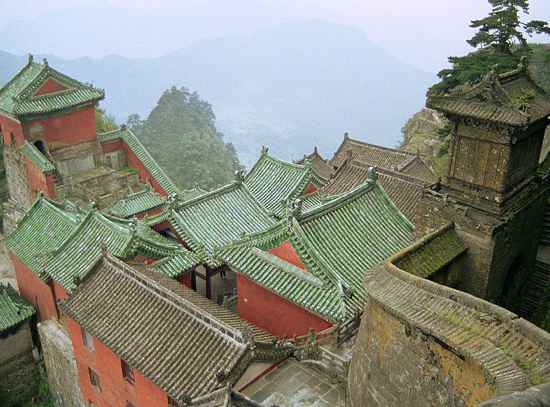
The Wudang Mountains are a small mountain range found in eastern China, which have been inhabited since at least 250 AD. The area is known for its Taoist monasteries, which were renowned as centers for meditation, martial arts, agriculture and medicines. People traveled to this area to research, learn and practice these skills. The palace and temple complex was constructed in the Ming Dynasty and within it are buildings dating from the 7th century. One of the more famous temples is the Golden Hall; built in 1416, the hall is constructed from gilded copper. It consists of 20 tons of copper and over 300kgs of gold, and was supposedly forged in Bejing, then moved to Wudang. The Nanyan Temple perches precariously on top of a cliff, in legend it is known as the place from which Emperor Zen Whu flew to heaven. The entire temple, including beams, gates and windows, is carved from rock and within the temple are gilded bronze statues of dozens of Taoist deities. Scattered across the cliffs are 500 gilded iron statues of heavenly officials. Another notable building, the Purple Cloud Temple is made up of several halls, the Dragon and Tiger Hall, the Purple Sky Hall, the East Hall, the West Hall and the Parent Hall. This temple contains shrines to Zhen Wu throughout his life. It also houses relics including the Green Dragon Crescent Blade which dates back to the 7th century.
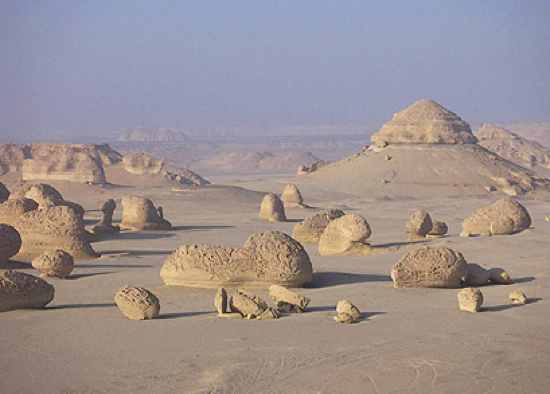
The Whale Valley is found in a desert in Egypt, the site contains fossils showing the evolution of whales from land mammals to the ocean going creatures we are familiar with today. Fossils of the Archaeoceti suborder such as Basilosaurus and Dorudon are common, but the skeletons of sea cows Sirenia, elephants Moeritherium, crocodiles, sea turtles and sea snakes have also been found at the site. The sheer number and quality of these fossils found in such a high concentration make this site unique. The quality of preservation is so good that stomach contents have been found preserved, while the combination of other species found at the site make it possible to reconstruct the environmental and ecological conditions. The site has produced hundreds of high quality fossils showing the earliest sub-species of whales which are helping to unravel the mystery of the evolution of whales.

The Tropical Rainforest of Sumatra is made up of three national parks on the island of Sumatra in Indonesia, and was chosen due to its outstanding scenic beauty and natural habitats for in-situ conservation. The three parks all contain different habitats, allowing for a large diversity in both flora and fauna. The parks are home to Rafflesia Arnoldi, the world’s largest flower, and Amorphophallus Titanum, the worlds tallest flower, as well as 174 species of mammals and 380 species of birds. Of these specimens, 16 are endemic and 73 are currently threatened. Species such as Orang-utans, Sumatran rhinoceros, bornean clouded leopards, Asian tapirs, Sumatran elephants and the leather back turtles are all found within this site, making it one of the most diverse and important conservation sites in the world. The sites main threat is residential expansion and encroaching human occupation, both of which is being battled by a number of different preservation groups.
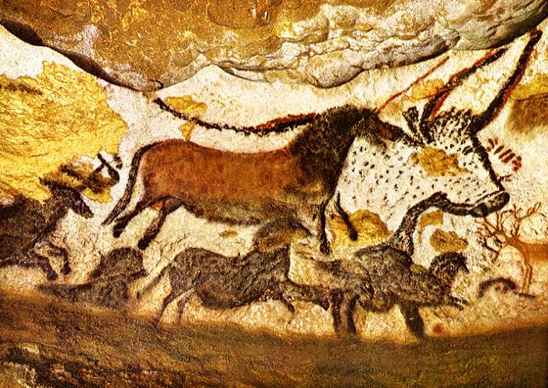
Lascaux is group of caves in southwest France which were decorated over 17,300 years ago, with Paleolithic cave paintings. The public were allowed to view the caves in 1948, but by 1955 the carbon dioxide exhaled by the visitors had damaged the paintings causing the cave to be closed, the art was restored and is now monitored on a daily basis. The images are mostly of animals known to have lived in the area at the time, but images of humans and abstract signs are also present. Some of the images have been carved into the cave but the majority of art has been painted on using mineral pigments. A large portion of the paintings are of horses, but stags, cattle, aurochs, felines, birds, bears and rhinoceros’s are also represented. There are many theories on why this cave was decorated in this manor: it is thought that some of the art may represent star charts, as the constellations of Taurus and Pleiades can be found within the cave. There are also theories that this would have been a scared space to communicate with deities, a gathering place to plan a hunt together or even a record to celebrate the success of a hunt. We will probably never know but these images give us a fascinating look into our past.
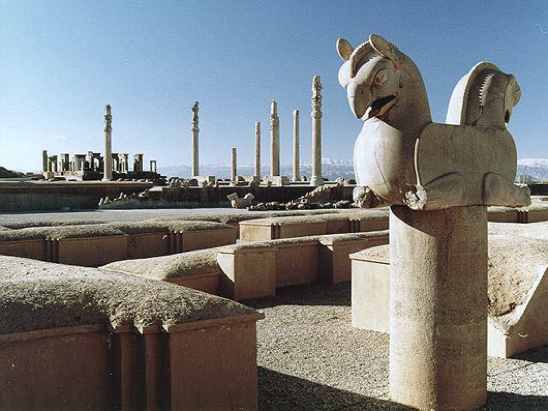
More commonly known as Persepolis, it is located in the south of Iran and was the capital of the Achaemenid Empire. Construction was started around 515BC by Cyrus the Great, but the most impressive works were completed by Darius the Great and Xerxes the Great (yes the bad guy from 300) in around 470BC. One of the most awe inspiring structures on this site is the Apadana palace which was the main hall of the kings, where the tributes from nations within his Empire would have been received. The building was supported by columns 20m high, topped with a brace carved to the shape of lions or bulls. I have seen an example of these braces in the Louvre and it gives you an amazing idea of the size and scale of Persepolis. The site also contains the gate of nations, the hall of 100 columns, the imperial treasury, council halls, military quarters, reception halls, cisterns, drainage, sepulchers, royal tombs, royal stables, chariot houses and a number of palaces and royal residences, all covered in engravings and mosaics. The city was destroyed in 330BC, by Alexander the Great, possibly in revenge for the destruction of the acropolis in Athens, but the ruins still contain many beautiful carvings and are testament to the wealth and power of the Persian empire.
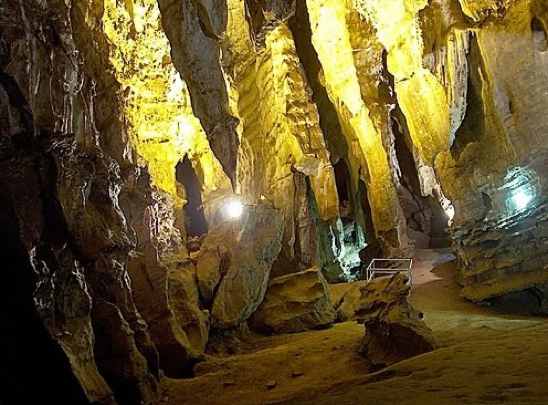
More commonly known as The Cradle of Humankind, this site is a complex of over 36 limestone caves in South Africa, not far from Johannesburg. Within these caves scientists have found a huge number of hominid fossils dating back over 3.5 million years, with one cave alone containing over a third of all hominid fossils ever found. The caves also show signs of occupation as well, including the first ever in-situ hominid stone tools, and the oldest controlled fire dated to over 1 million years ago. Scientist believe prompt burials, along with the unusual conditions within the caves, allowed for the bodies within to become fossilized, which in itself is an extremely rare occurrence. Some of the better known finds include Mrs Ples, the most intact skull of an Australopithecus Africanus ever found, although the sex is not definitely female, x-rays of the teeth seem to show that this was a sub-adult. Another famous find is Little Foot, an amazingly complete hominin skeleton which is believed to be between 2.5 to 3.3 million years old. This site shows us not only where our species came from but how we evolved over millennia, earning it top spot on my list.








